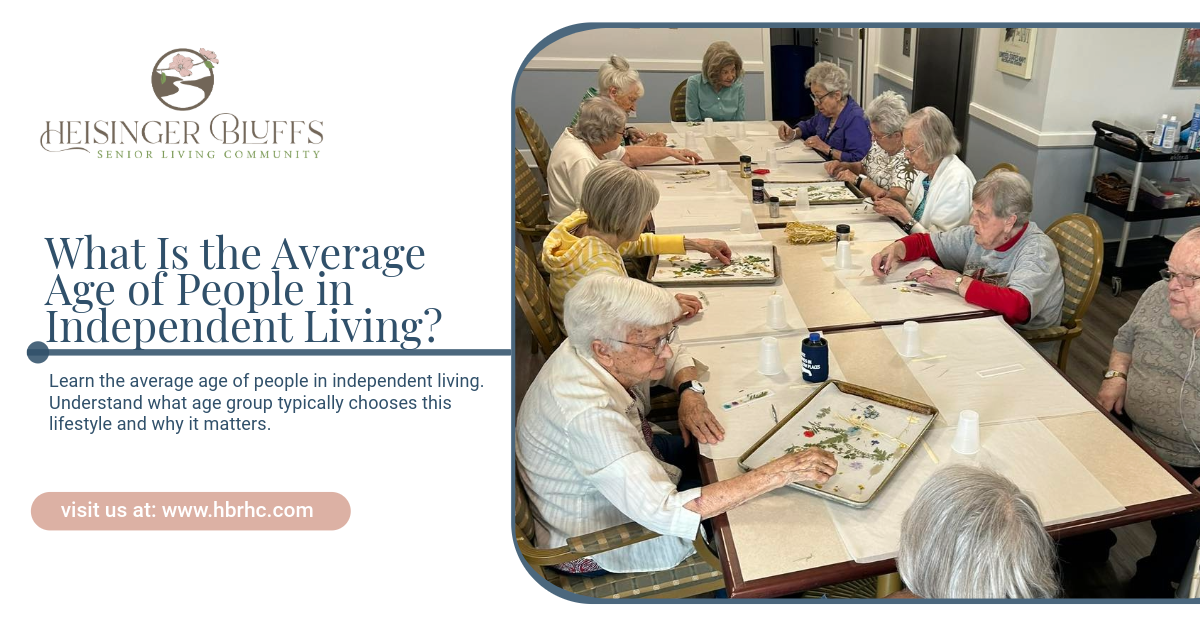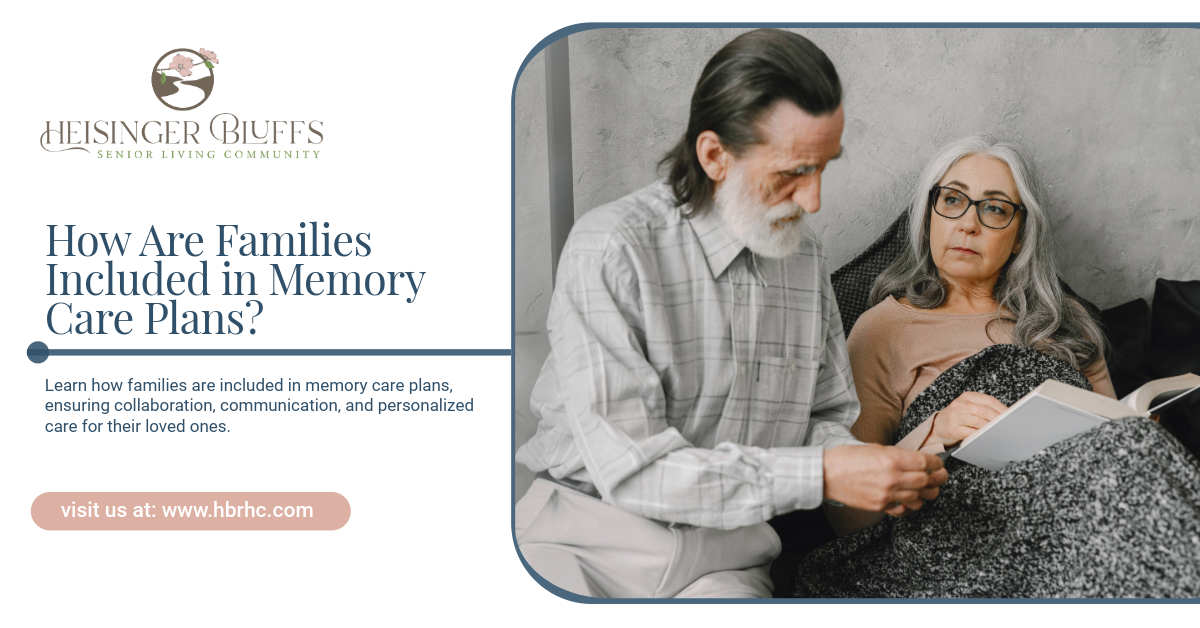What Is the Average Age of People in Independent Living?

Independent living communities are designed for older adults who want to maintain an active lifestyle without the responsibilities of homeownership. On average, most people move into independent living between the ages of 75 and 85.
While some may choose this lifestyle earlier, many wait until daily tasks like cooking, cleaning, or home maintenance become less desirable or more difficult. Independent living offers convenience, social opportunities, and peace of mind, making it appealing to seniors who value both freedom and support.
This age range may vary slightly based on location, personal health, or financial planning. However, the goal remains the same: to enjoy a vibrant, maintenance-free lifestyle surrounded by peers.
For those considering the move, knowing the average age can help with timing and preparation.
Heisinger Bluffs offers beautiful independent living options tailored to your lifestyle and needs.
Frequently Asked Questions
Can I move into independent living before age 75?
Yes, many communities accept residents as early as 62.
Is there an age limit for independent living?
No strict upper limit—eligibility depends more on health and independence.
Do younger seniors enjoy independent living?
Absolutely. It’s ideal for active seniors looking for community and convenience.
Sources:
- https://www.aplaceformom.com/senior-living-data/articles/assisted-living-statistics
- https://www.aplaceformom.com/senior-living-data/articles/average-age-nursing-home-residents











